
Oct.29
Modern Japanese Painting: Nihonga Explained
Oct.29
Adachi Museum of Art Nihonga
Nihonga draws on the traditions of over a thousand years, yet is a distinct genre of modern Japanese painting that developed from around the turn of the twentieth century. Today, it has evolved into an international art form, adopted by artists of many nationalities. Subject matter, too, is no longer limited to traditional Japanese themes….
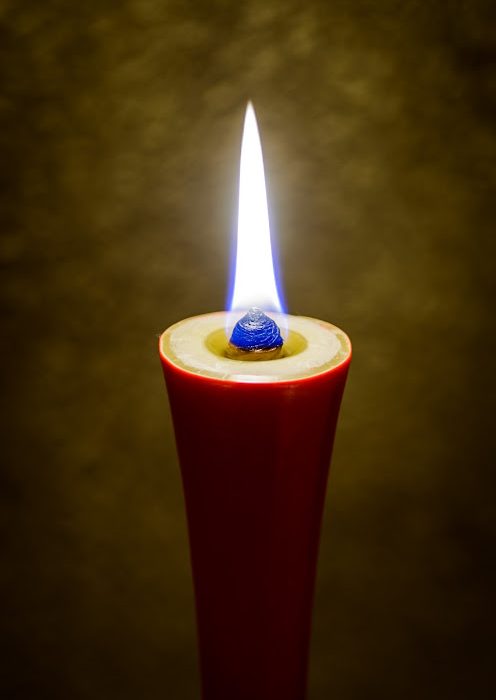
Aug.23
The Making of a Japanese Candle
Aug.23
candle haze warosoku wax
Japanese candles are not made of beeswax or paraffin like Western candles; they are made from a unique fat pressed from the seeds of a tree that today is grown mainly in Kyushu and on Shikoku. Japanese candles — called warōsoku —are different in almost every way, including how the wick is constructed and how…
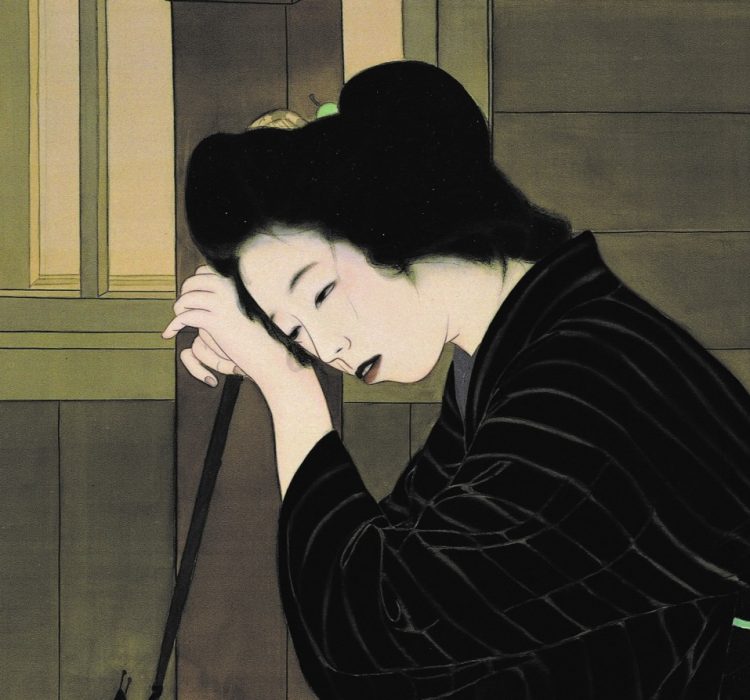
May.03
Japanese Women Artists You Should Know: Meet Kajiwara Hisako
May.03
Alice Gordenker
Few people today have heard of Kajiwara Hisako (梶原緋佐子, 1896-1988) so it is welcome news indeed that four of her paintings have been included in a major exhibition in Japan this year. Kajiwara was a Nihonga painter, active in Kyoto, who worked primarily in the “bijinga” genre of lusciously detailed images of idealized female beauty….
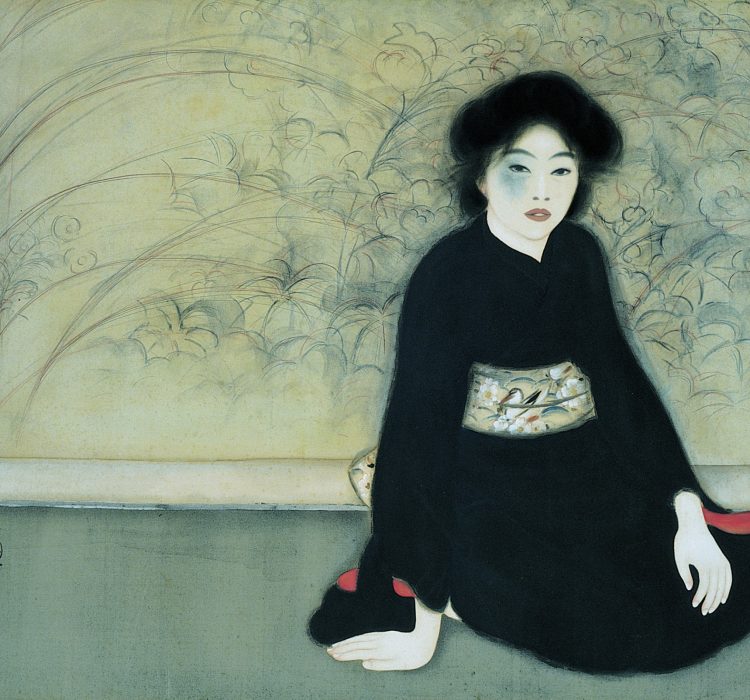
Apr.02
Japanese Women Artists You Should Know: Meet Shima Seien
Apr.02
Alice Gordenker
By Alice Gordenker Shima Seien (島成園, 1892–1970) worked as a Nihonga painter at a time when few women in Japan were able to pursue art as a profession. Throughout her career, she struggled against overt discrimination against women artists. This frustration is palpable in her 1918 painting “Untitled” (無題), in which a woman in a…
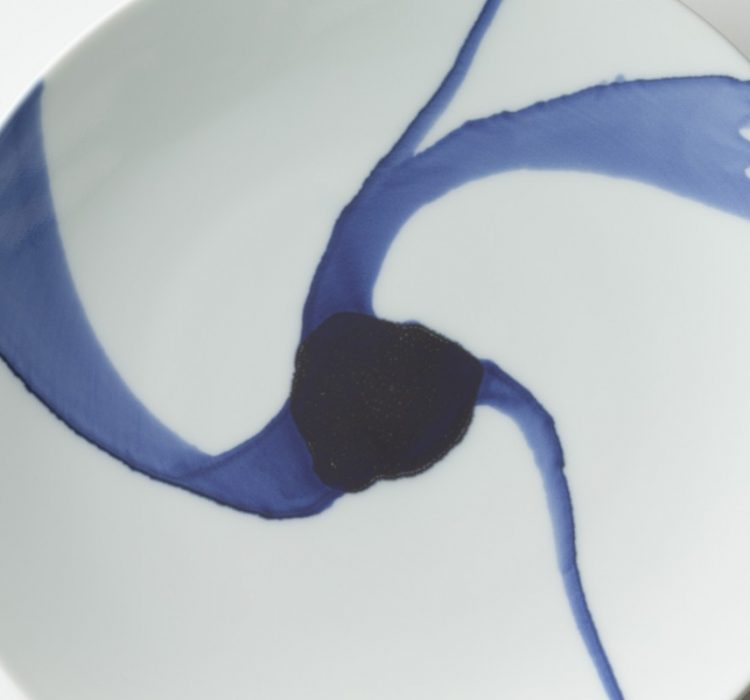
Sept.12
Tokolo Asao: A New Spin for Arita
Sept.12
Alice Gordenker
Millions of people around the world have seen the work of Tokolo Asao, yet few would be able to produce his name or identify a single project to which he’s contributed. Tokolo — and that’s the spelling he prefers for a surname usually romanized as “Tokoro” — is the man behind the distinctive indigo checkered…
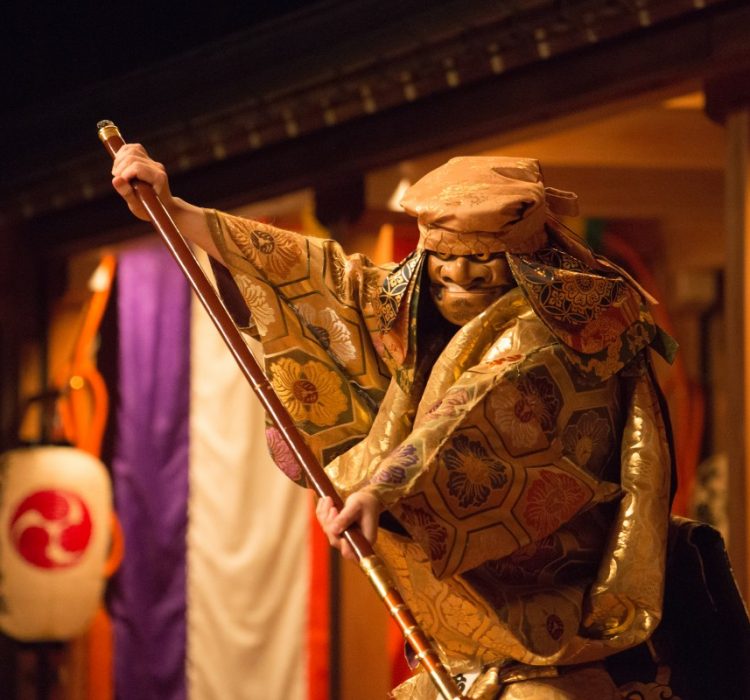
Sept.04
Event notice: outdoor Noh in Kanagawa, Oct. 2-3, 2019
Sept.04
Alice Gordenker
Readers of Japan Living Arts are invited to attend special performances of Noh and Kyogen at the Oyama Afuri Shrine on Mt. Oyama in Kanagawa Prefecture. On Oct. 2 and 3, 2019, top actors from the Kanze School of Noh — including Living National Treasures — will share their art outdoors, as Noh was originally…

June.26
Film Crew to Scale Sacred Mountain with Japan’s Tattooed Pilgrims
June.26
Alice Gordenker
Japan’s relationship with tattoos is notoriously complicated. Even at the height of their popularity during the Edo period, the samurai class made attempts to ban these creative decorations that depicted designs that were considered subversive. Because of their popularity, the bans were ineffective and so the culture of horimono — literally “engraving” — remained strong for…
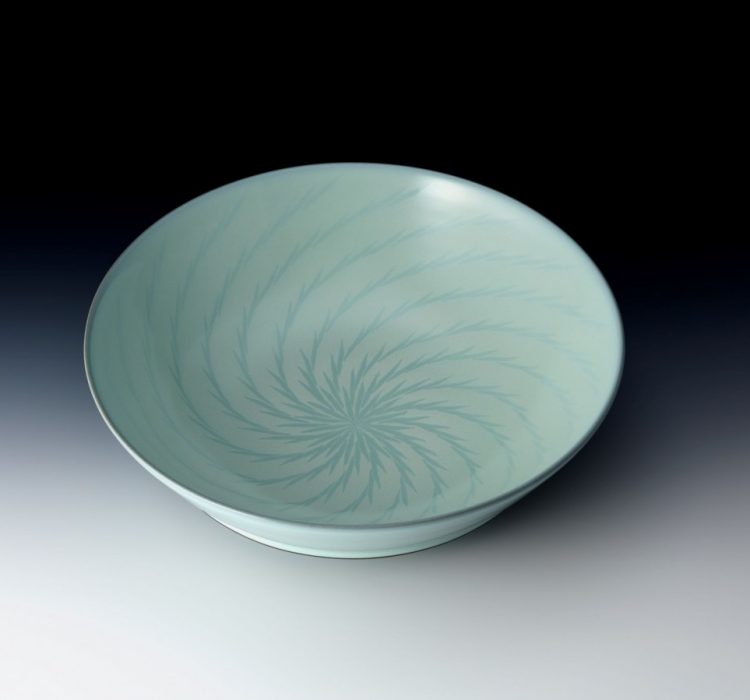
June.03
Zenzo Fukushima: Keeper of Koishiwara Ware
June.03
Alice Gordenker
Two years ago, at the age of 58, potter Zenzo Fukushima was tapped to become what is commonly known as a “Living National Treasure.” The title, one of Japan’s highest honors, is often misunderstood to be recognition of an individual’s superior accomplishment. In fact, it is a directive from the nation to preserve something that…
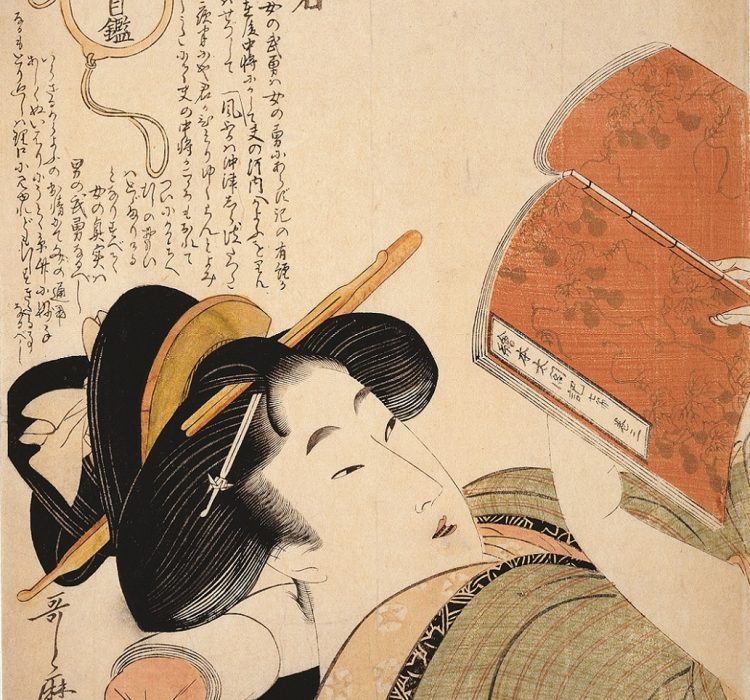
Apr.30
The Life of Japanese Women in Ukiyo-e (The Shoto Museum of Art)
Apr.30
Alice Gordenker
No matter how much a woman enjoys lovemaking, it has to be fit in around the more mundane activities of life, whether that be cooking, child rearing or work. It therefore seems appropriate that a new exhibition examining the lives of Japanese women as pictured in ukiyo-e paintings and prints, originally envisioned as a show…
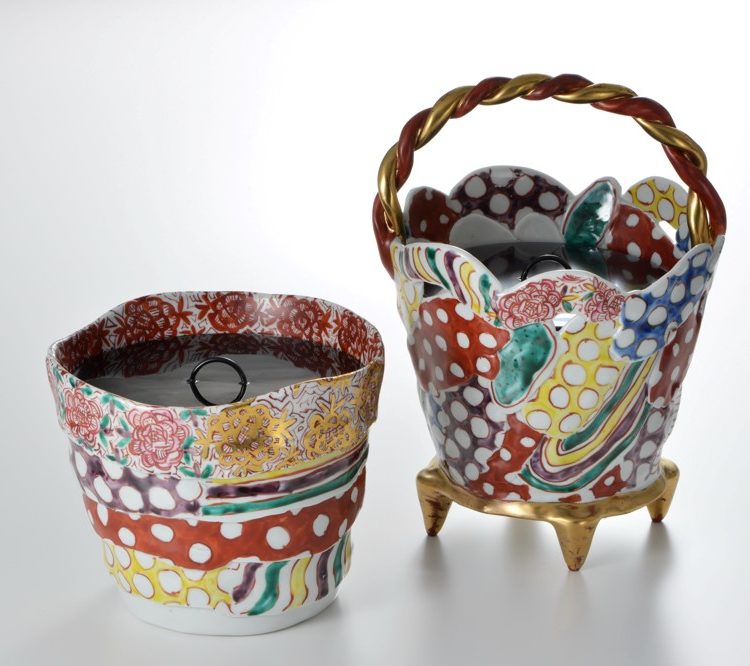
Apr.16
Japanese Women Artists You Should Know: Meet Yuriko Matsuda
Apr.16
Alice Gordenker
Call her works playful. Call them sensuous. Call them decorative, even, and ceramic artist Yuriko Matsuda won’t mind a bit. “It’s such a shame that the term “decoration” is so often applied as a pejorative,” Matsuda told me, using the Japanese word sōshoku. “The implication seems to be that anything that is decorative or ornamental…










